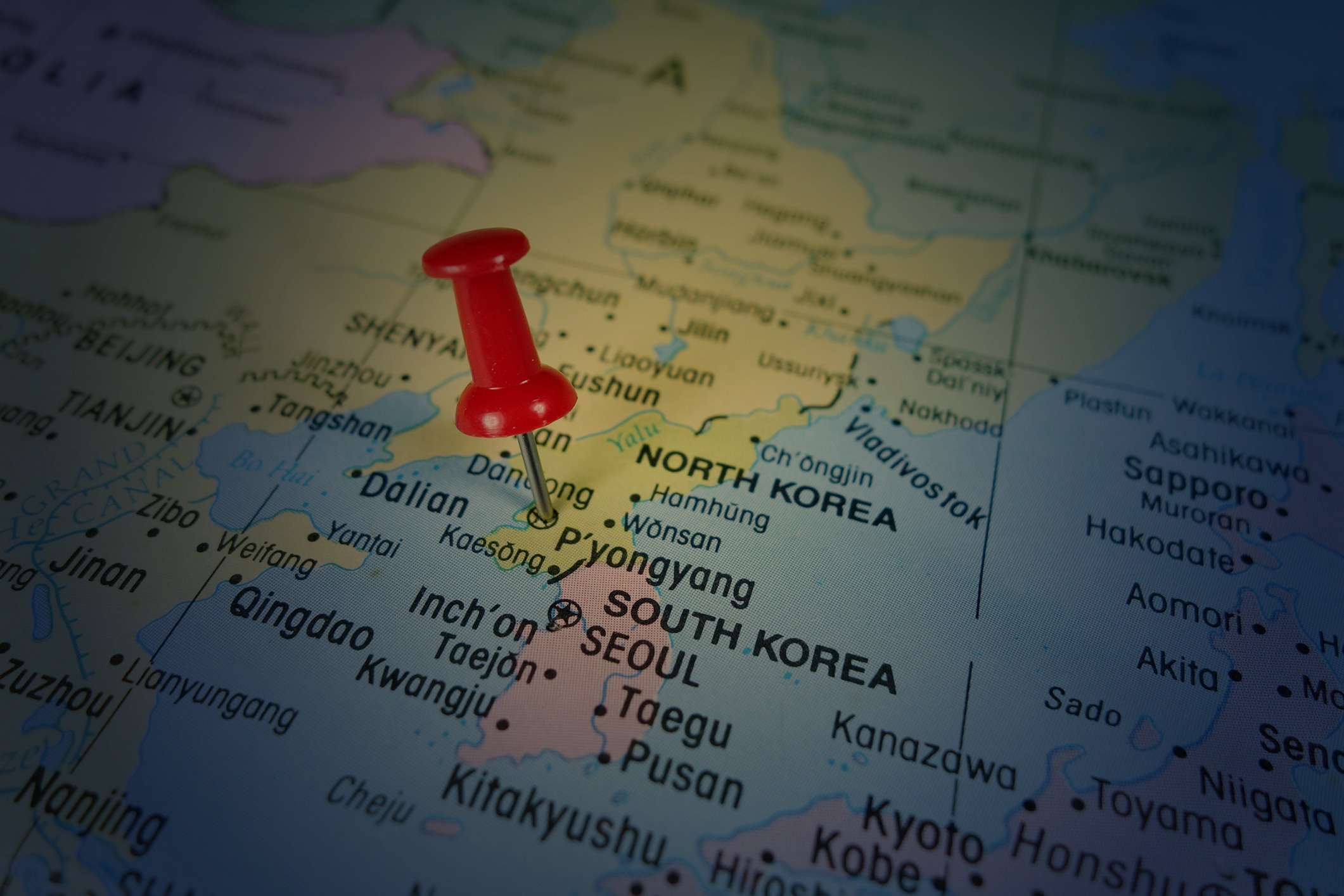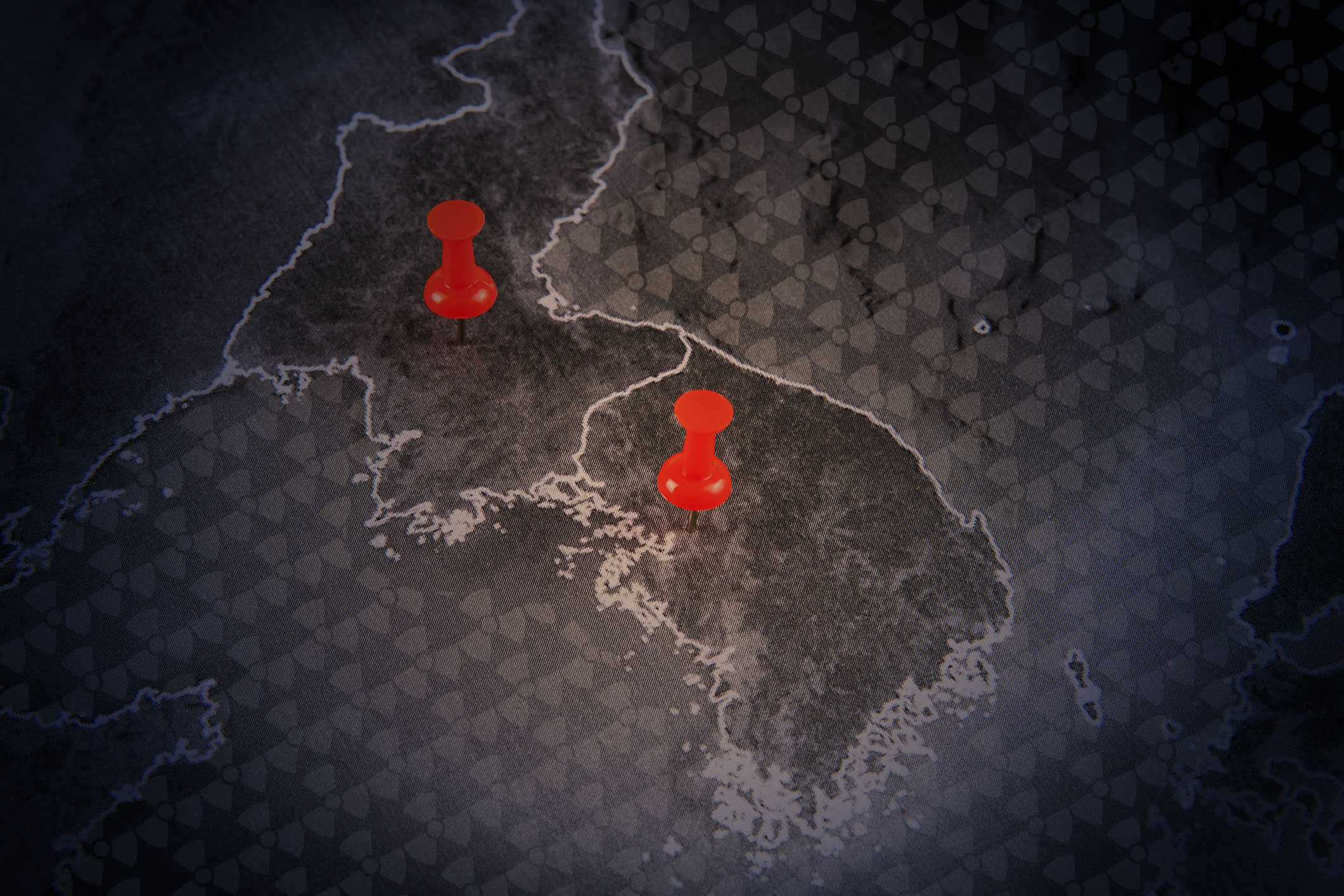The Deliberate Employment of United States Nuclear Weapons: Escalation Triggers on the Korean Peninsula
Click on the adjacent link to download the full report.
In this APLN Special Report, Dr Daryl Press, Professor at Dartmouth College, analyses hypothetical scenarios that could lead to the United States deciding to use nuclear weapons on the Korean Peninsula.
The likelihood of the United States using nuclear weapons to gain advantage on the battlefield by destroying DPRK artillery or stopping a ground invasion is low. However, the author argues that the most likely route to US nuclear employment is linked to the DPRK’s own use of weapons of mass destruction (WMD), which includes use of nuclear, chemical, and biological weapons.
The author highlights two pathways that pose grave risks and deserve increased scrutiny.
- First, given DPRK’s profound military weakness, Pyongyang may logically conclude that they must use WMD if a conventional war erupts —which would probably mean nuclear weapons. In order to counter the ROK/US Combined Forces Command (CFC), the DPRK leadership would be compelled to use WMD to rapidly coerce an end to fighting. The use of WMD by the DPRK would raise escalatory pressure on the United States —especially if the attack produces mass-casualties. Even if the military consequences of the DPRK’s WMD attack are minor, a US nuclear response may be seen as necessary to bolster the credibility of the American nuclear deterrent—which is critical for deterring future nuclear attacks—to assure allies around the world, and for preventing nuclear proliferation.
- The second dangerous pathway to US nuclear employment extends the first logic backwards a half-step. Because the ROK/US CFC expect the DPRK to use WMD first during any war on the Peninsula, the CFC may launch a large-scale conventional attack on the DPRK’s WMD, command and control, and leadership targets. And if the disarming strikes are not completely effective, leaders in Pyongyang—desperate to halt attacks on their regime survival weapons—will need to escalate. Depending on the targets the DPRK hits (civilian vs. military), the weapons they employ (nuclear vs. chemical), and the casualties they cause (many vs. few), Pyongyang’s use of WMD could trigger a US nuclear response. Stated differently, US and ROK fears of DPRK WMD—and the possibility of nuclear escalation—could easily become a self-fulfilling prophecy.
This paper argues that because the United States (and its allies) have a strong preference against using nuclear weapons, it would only consider doing so if (1) the mission being performed via the nuclear strike was of critical importance, (2) the mission could not be accomplished with sufficient certainty or speed with non-nuclear weapons, and (3) the use of nuclear munitions significantly increases the probability of mission success.
Examining these conditions can help US allies and other partners identify and resolve disagreements about nuclear employment, enhance deterrence against regional adversaries, and shed light on the logic driving important decisions about US nuclear force structure and modernization.
This report is a part of a joint project on Reducing the Risk of Nuclear Weapon Use in Northeast Asia (NU-NEA) and has been cross-posted by the Nautilus Institute, the Research Center for Nuclear Weapons Abolition (RECNA), and the Panel on Peace and Security of North East Asia (PSNA).
About the Author
Daryl Press is an associate professor of Government at Dartmouth College. His work focuses on US foreign policy, deterrence, and the future of warfare. He has published numerous articles and two books: Calculating Credibility (2005), which examines how leaders assess credibility during crises, and The Myth of the Nuclear Revolution: Power Politics in the Atomic Age (2020), which explores deterrence challenges of the 21st century. Press worked as a consultant at the RAND Corporation for nearly twenty years, and he has taught classes on conventional force modeling for two decades. His work has appeared in leading academic journals as well as in the popular press including Foreign Affairs, The New York Times, and The Atlantic Monthly.
Disclaimer: The views expressed in this report do not necessarily reflect the position of the Asia Pacific Leadership Network or any of its members.
Image: Rawpixel stock, U.S. Marine Corps



![[Synthesis Report] Cooperative Threat Reduction Plus: Breaking the Stalemate with the DPRK](https://cms.apln.network/wp-content/uploads/2021/12/KakaoTalk_Photo_2021-12-20-16-20-23-3.jpeg)
